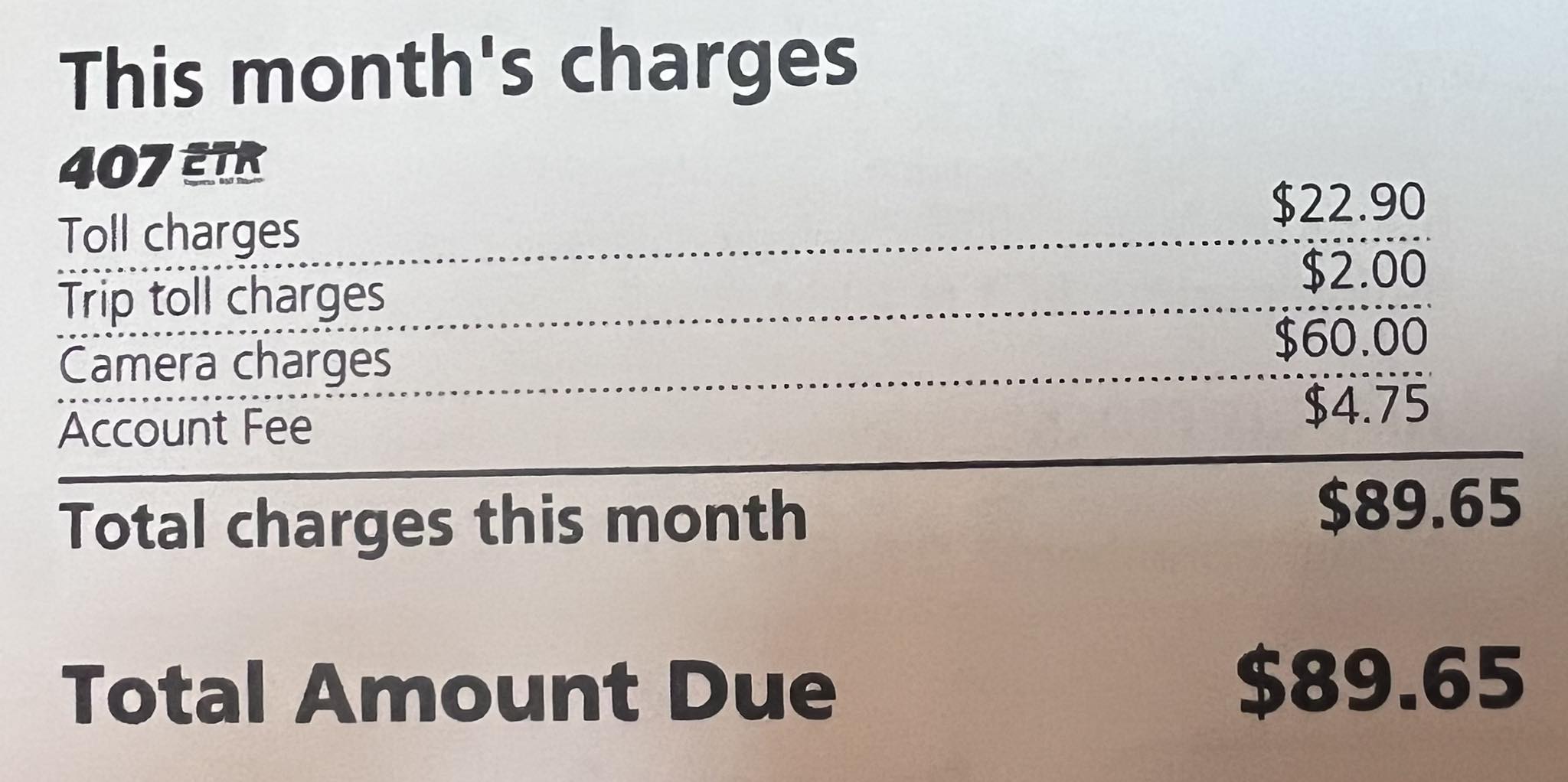Complete Guide to Tolls in Canada
Navigate Canadian highways with confidence. This comprehensive guide covers everything you need to know about toll payments, electronic systems, rates, and procedures for both Canadian residents and international visitors traveling through Canada's toll roads.

Important: Always have multiple payment methods ready when traveling on Canadian toll roads. Payment requirements vary by province and operator.
Table of Contents
Payment Methods Overview
Canadian toll roads accept various payment methods to accommodate different driver preferences and situations. Understanding your options before traveling helps ensure smooth passage through toll points.
Electronic Payment
Fastest option using transponders or mobile apps
Card Payment
Credit and debit cards accepted at most locations
Cash Payment
Canadian dollars accepted, exact change preferred
Payment method availability varies by toll operator and location. Major highways increasingly favor electronic payment systems for efficiency, though traditional payment methods remain widely available for occasional users.
Electronic Toll Systems
Canada's toll infrastructure is modernizing with advanced electronic systems that reduce congestion and improve traffic flow. These systems use RFID technology, automatic license plate recognition, and mobile payment integration.
Benefits of Electronic Toll Systems
- ✓ Faster passage through toll points without stopping
- ✓ Reduced traffic congestion and emissions
- ✓ Automatic payment processing and account management
- ✓ Often discounted rates compared to cash payments
Implementation varies by province, with Ontario leading in electronic toll adoption through Highway 407 ETR, while other provinces are gradually introducing similar systems on major routes.
Toll Payment for Non-Canadian Vehicles
International visitors and non-Canadian residents have specific procedures for toll payment. Following these steps ensures compliance and avoids additional fees or penalties.
Step-by-Step Payment Process
- 1 Document Your License Plate: Take a clear photo of your vehicle's license plate or write down the complete number including province/state and country identifiers.
- 2 Identify the Toll Operator: Check road signs or operator websites to determine which company manages the specific toll road you're using.
- 3 Pay Within 72 Hours: Complete payment online through the operator's official website or visit an authorized payment location before the deadline.
Important: Failure to pay within the specified timeframe may result in additional administrative fees, penalties, or collection actions. Always verify payment deadlines with the specific toll operator.
Tolls on Major Canadian Routes
Several major highways and bridges across Canada require toll payments. Understanding where you'll encounter tolls helps with trip planning and budget preparation.
Highway 407 ETR (Ontario)
Electronic toll highway offering faster travel across the Greater Toronto Area
Confederation Bridge (Prince Edward Island)
Connects PEI to New Brunswick, toll collected when leaving the island
A25 Bridge (Quebec)
Connects Montreal's North Shore to Laval, electronic toll collection system
Toll locations may change, and new toll roads are periodically introduced. Check current information before traveling, especially for long-distance trips crossing multiple provinces.
Contactless Payment Options
Modern toll systems increasingly support contactless payments through tap-to-pay cards, mobile wallets, and smartphone apps, offering convenience and reducing physical contact.
Supported Technologies
- • RFID/NFC-enabled credit and debit cards
- • Apple Pay, Google Pay, Samsung Pay
- • Dedicated toll transponders
- • Mobile toll payment applications
Usage Tips
- ✓ Ensure your device/card is charged and functional
- ✓ Have backup payment methods available
- ✓ Look for contactless payment symbols at toll booths
- ✓ Keep receipts for expense tracking
Cash & Card Payment Details
Traditional payment methods remain important for occasional users and backup situations. Understanding cash and card requirements helps ensure smooth toll passage.
Cash Payments
- • Canadian dollars (CAD) only at most locations
- • Exact change preferred, limited change available
- • Bills and coins accepted at attended booths
- • Some locations may accept US dollars at current exchange rates
Card Payments
- • Most major credit and debit cards accepted
- • PIN may be required for some transactions
- • International cards generally accepted
- • Processing fees may apply for foreign cards
Understanding Toll Rates
Toll rates in Canada vary based on several factors including distance traveled, vehicle type, time of day, and payment method used. Rates are set by individual operators and may change periodically.
Rate Calculation Factors
- 📏 Distance traveled on toll section
- 🚗 Vehicle classification (car, truck, motorcycle)
- 🕐 Time of day (peak vs. off-peak rates)
- 💳 Payment method (electronic vs. manual)
Electronic payment methods often receive discounted rates compared to cash payments. Frequent users may benefit from transponder programs or volume discounts offered by toll operators.
Accepted Payment Cards
Most Canadian toll operators accept major international payment cards, though availability may vary by location and operator. Always have multiple payment options available.
Credit Cards
- Visa
- Mastercard
- American Express
- Discover (limited)
Debit Cards
- Interac (Canada)
- Visa Debit
- Mastercard Debit
- International debit cards
Digital Wallets
- Apple Pay
- Google Pay
- Samsung Pay
- PayPal (online)
Tip: Notify your bank before traveling to avoid card blocks on toll transactions, especially for international visitors or when using cards outside your home province.
eToll Electronic System
The eToll system represents the future of toll collection in Canada, offering seamless electronic payment without the need to stop at traditional toll booths.
How eToll Works
- 1 Vehicle passes through electronic toll point at highway speed
- 2 Cameras capture license plate information automatically
- 3 System processes payment through registered account or sends invoice
Registration Benefits
- ✓ Automatic payment processing
- ✓ Discounted toll rates
- ✓ Detailed trip and billing reports
- ✓ No need to stop or handle cash
We use cookies to enhance your experience and analyze our traffic. By continuing to visit this site you agree to our use of cookies. Learn more